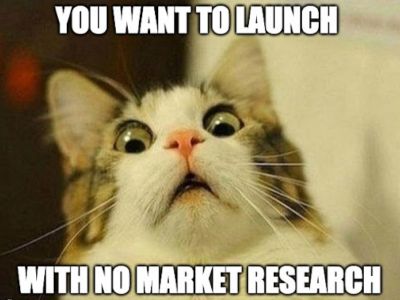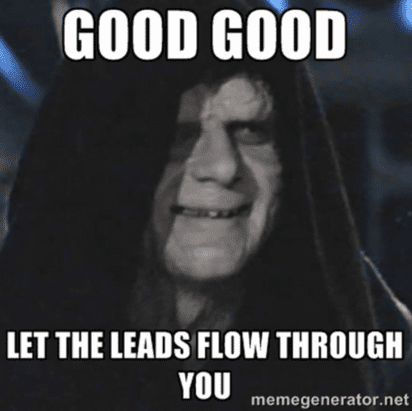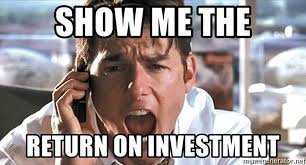Understanding Multi-Stage Campaigns
Multi-stage campaigns are structured marketing initiatives that engage prospects through a series of coordinated touchpoints across various channels and timeframes. Unlike single-touch campaigns, which deliver a one-time message, multi-stage campaigns guide potential customers through the buyer’s journey—raising awareness, nurturing interest, and prompting action. Each stage is designed to build upon the previous one, creating a cohesive and personalized experience that aligns with the prospect’s evolving needs and behaviors.
Example in a Sentence:
The company implemented a multi-stage campaign that started with educational content, followed by personalized emails, and culminated in a targeted sales offer.

Why Multi-Stage Campaigns Matter
In today’s complex marketing landscape, where consumers interact with brands across multiple platforms, multi-stage campaigns are essential for several reasons:
- Enhanced Engagement: By delivering relevant content at each stage, these campaigns maintain the prospect’s interest over time.
- Improved Conversion Rates: Sequential messaging nurtures leads effectively, increasing the likelihood of conversion.
- Personalized Experience: Tailoring messages based on user behavior and preferences creates a more personalized journey.
- Efficient Resource Utilization: Focusing efforts on engaged prospects ensures better allocation of marketing resources.
Best Practices
1. Define Clear Objectives
Establish specific goals for each stage of the campaign, such as increasing brand awareness, generating leads, or driving sales.
2. Understand Your Audience
Develop detailed buyer personas to tailor content and messaging that resonate with your target audience at each stage.
3. Map the Customer Journey
Outline the steps your prospects take from initial awareness to final purchase, ensuring your campaign addresses each phase effectively.
4. Integrate Multiple Channels
Utilize various platforms—email, social media, webinars, and more—to reach your audience where they are most active.
5. Monitor and Optimize
Continuously track campaign performance metrics and make data-driven adjustments to improve effectiveness.
More Definitions
(From the Sales Funnel Professor Jargon Encyclopedia)
- Campaign Budgeting – The process of allocating financial resources across different marketing channels and stages to support your campaign strategy effectively.
- Campaign Management – The planning, execution, tracking, and analysis of a marketing campaign to ensure goals are met on time and within budget.
- Campaign Lifecycle – The complete journey of a campaign from initial planning and creative development to execution, optimization, and post-campaign analysis.
- Personalized Campaigns: Tailor your ads and landing pages based on user behavior and interests to boost engagement and increase conversion rates.
Useful Posts
(From the Sales Funnel Professor Blog)
👉 Top-of-Funnel Marketing: Tactics and Tips to Grow Your Leads
Explore strategies to effectively attract and nurture potential customers at the beginning of their journey.
👉 Cold Emails Strategy Through Your Sales Funnel
Discover effective cold email strategies to enhance your sales funnel and engage your target audience.
👉 B2B Marketing Funnel Basics
Learn essential tips and advanced techniques for enhancing and refining your B2B marketing funnel.












